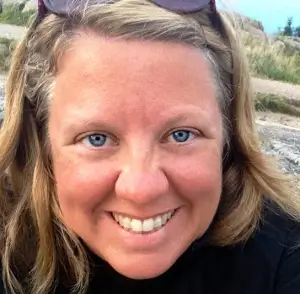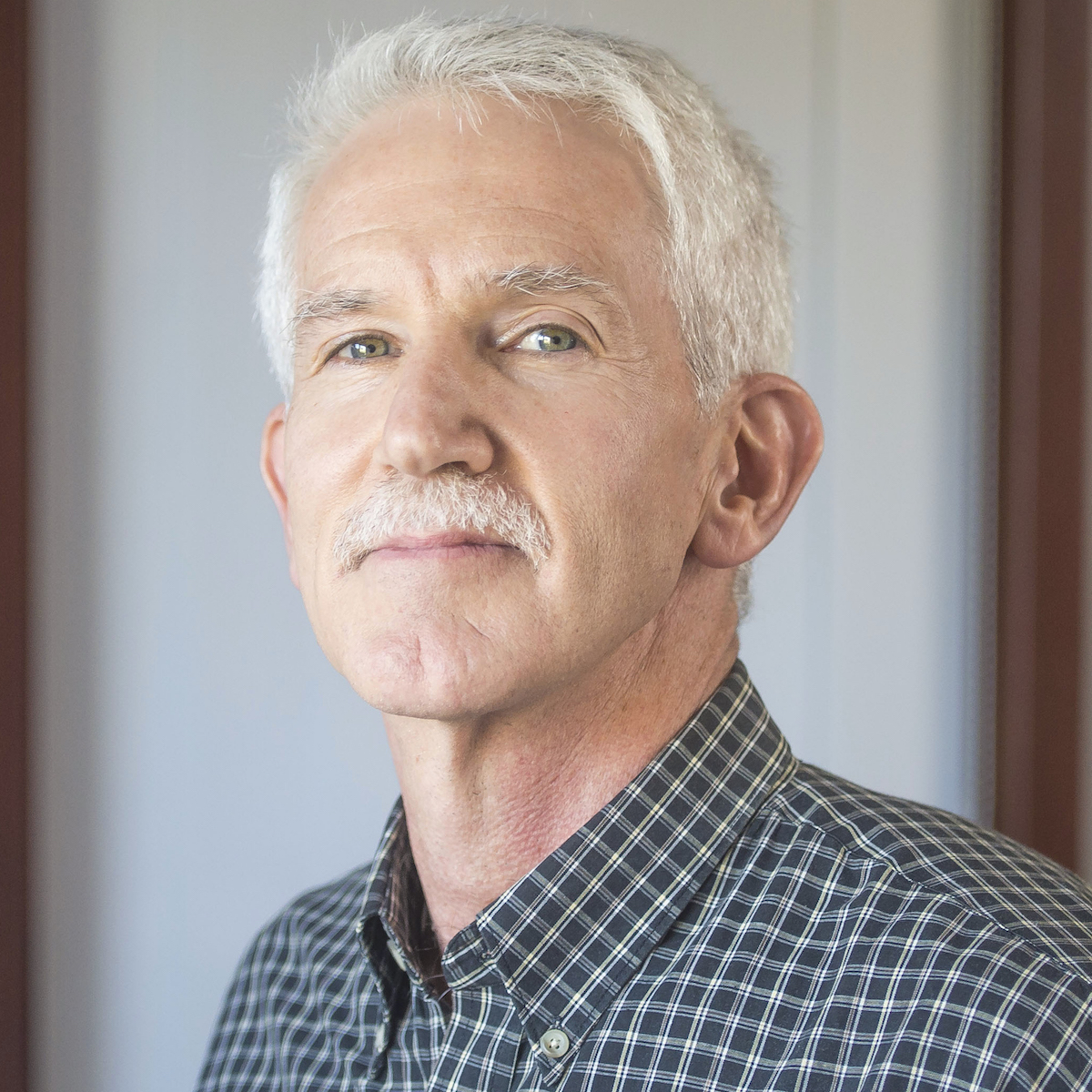If you want to read bad news about journalism, you can find it.
The United States is still losing local newspapers. Big outfits like CNN and NPR have cut news staff. The great Texas Tribune had its first ever layoffs. In 2022, the two largest Spanish-language television networks, Univision and Telemundo, saw their audiences drop.
But get up close and you start to understand why nearly 60% of journalists are optimistic about their profession. This predates the unveiling of Press Forward, a $500 million effort to bring relief to news deserts and fortify small newsrooms nationwide. The U.S. has an amazing number of good reporters producing stories that connect with people, who then actually read and share that work with friends.
From my perch at the Poynter Institute’s Beat Academy, I get to see who’s bringing it home for our team, and for the communities we serve. Beat Academy is Poynter’s new, ultraaffordable virtual training program, where we pick a slice of a big issue and give busy journalists the framework and reporting tools to localize the story for their market. We’ve tackled private equity, crime, climate change, immigration, and more. As project lead, I talk and email with editors and reporters across the country, from the smallest shops, like the tri-weekly Athens Messenger in Ohio, to regional powerhouses, like the Milwaukee Journal Sentinel.
Six qualities of successful reporters stuck with me. My apologies in advance to the people and newsrooms I left off.
Let yourself be intrigued

Kenny Cooper
“I’m a general assignment reporter who covers the suburbs of Philadelphia,” WHYY reporter Kenny Cooper said during one of our sessions on covering private equity. “Health care is not my specialty.”
Nor was finance. Cooper had to get on that learning curve when a local hospital temporarily shut its emergency room in 2022 and employees told Cooper the managers were cutting back on other key services. The term “private equity” came up.
“I was fascinated, because you hear these words, you know, private equity, we don’t necessarily always make the connection that this is something that has a real day-to-day impact on people,” Cooper said. “It can be a bit intimidating at first.”
Cooper connected with ProPublica and the Private Equity Stakeholders Project. He fairly quickly linked what was taking place in suburban Philadelphia to a Los Angeles-based private equity firm that, along with other investors, had pulled $400 million out of a hospital chain. Cooper strapped in and wrote 25 stories about the local impacts.
Skip the rhetoric, get pragmatic

Makenzie Huber
The immigration debate is dominated by what’s happening at the border, but what happens far away in America’s heartland can be just as telling. Makenzie Huber with the South Dakota Searchlight looked at the intersection of immigration and the state’s booming dairy industry. Turns out, the downhome business of milking cows depends on having workers who want to run milking machines.
Huber’s piece Lack of action on immigration is ‘holding SD back,’ dairy farmers say lays out how farmers try to make their way through the maze of government rules to get the workers they need. By the way, Poynter offers — for free —an online course on the basics of immigration policy.
Be strategic and follow through

Adam Willis
Adam Willis with the Baltimore Banner will be the first to tell you that it takes some serious pitchwork to get an editor excited about ARPA, the America Rescue Plan Act.
“These stories might not be obvious to other people, or even to your editors,” Willis said. “They might sort of say, ‘Well, there’s all this other stuff happening.’ ”
But Willis saw ARPA as a kind of Rorschach Test of what Baltimore’s leaders valued, and whether the bureaucracy was capable of using the $361 million that fell into its lap. Tracking the dozens of streams of funding was a rare experiment to see if people in a city with deep problems could actually come out ahead.
“That involves trying to get on the ground and figure out who’s benefiting from the money, and seeing if we are starting to see this money change people’s lives,” Willis said.
He’s been tracking Baltimore’s ARPA saga as it unfolds, sometimes finding points of success, but also helping readers understand why the city has had to retrench on some of its big promises.
Showcase local power, even on a small scale

Eva Tesfaye
The Inflation Reduction Act is huge. The Wabaunsee School District in Alma, Kansas, is tiny. Eva Tesfaye at KCUR in Kansas City, Missouri, bridged the gap with a story of how the person in charge of school buses in Alma used the IRA to to replace two failing diesel buses with new electric ones. The new buses didn’t change the world or reverse climate change, but they did help Alma’s bottom line.
Tesfaye avoided painting too rosy a picture; most of the piece was about the hurdles rural communities face in accessing federal largesse. But far from casting local officials as bystanders, her article showed how, if they want, they can take charge. This is the sort of story local news can, and ought to, tell.
Never stop perfecting those reporting skills

Penelope Overton
During our Beat Academy writing session with Roy Peter Clark, Penny Overton with Maine’s Portland Press Herald shared a reporting tip. It’s a variation on the rule of thumb that the best way to get people talking is to show them you’re interested in them. We were talking about using photos as memory aids. Penny said if she shows up late to an event, she found a clever way to make up for it. She asks someone in the crowd to show her a picture they took.
“It makes them more talkative, reminding them of details, and it helps me find details I find important that they don’t,” Penny said. “It’s a cheap trick, but I find it effective.”
I prefer to call it simple and elegant.
Talk to the entire community

Alex Harris
Climate-driven sea level rise has brought water lapping at the steps of some of the pricier homes in Miami, but the porous rock that underlies the entire area has meant the water woes don’t end near the shore. The Miami Herald’s Alex Harris went inland, where housing is cheaper and incomes are lower. There, climate change means the wastewater systems and septic tanks are failing.
“They’re not necessarily having the tide coming to their front door,” Harris said. “They’re having the waste in their toilet, and their shower back up into their homes.”
Harris says her septic tank stories are among her most read.
“I think that when you can drill in and figure out how different pockets of the community are affected by the million and one ways that climate change affects us all, you can tell better stories,” she said.







